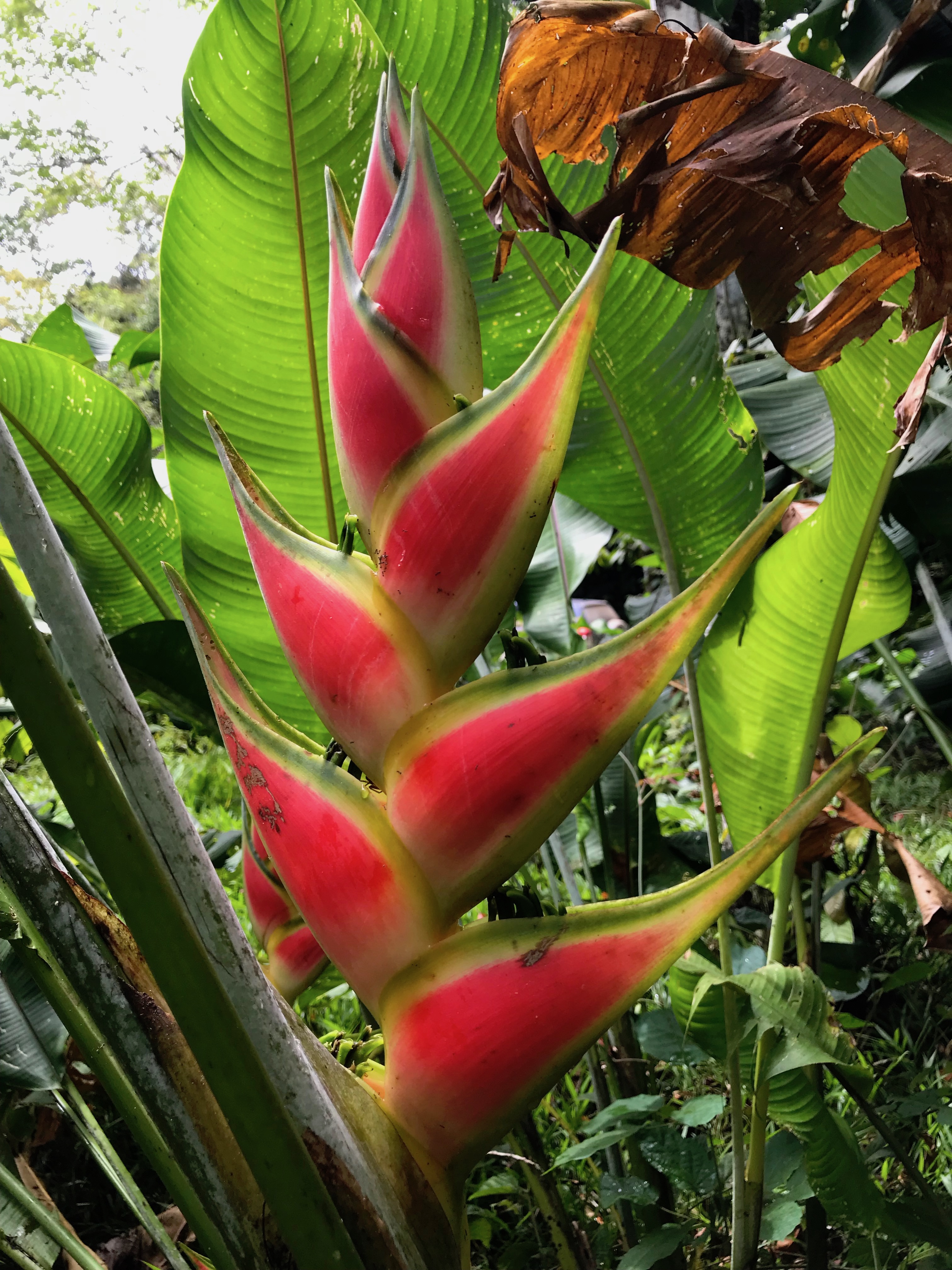Tropical Talamanca
We have a huge diversity of plant species, including some which outside of Talamanca can only be found on the Osa Peninsula, and other species which are completely new to science.
361 Birds
125 Mammals
141 Reptiles

Fauna
Talamanca is home to about 125 mammals, amongst them: the Jaguar, the Puma, the Ocelot, Howler Monkeys, Capuchin Monkeys, Spider Monkeys, Tapirs, Two and Three-Toed Sloths, also Dolphins and Manatees.
You can also find over 141 species of reptiles, the most notable being the Boa Constrictor, the Eyelash Viper, Fer de Lance pit viper, the Crocodile, the Green Iguana and different sea turtles like the Baula, the Green sea turtle and Hawksbill turtle.
& Flora
There are thousands of plant species in Talamanca, some of them endemic and new ones are discovered every year.
Costa Rica has an amazing wealth of tropical flora, including some 1,200 orchid species, and over 2,000 bromeliad species.
Talamanca is also home to the Ceiba, one of the tallest trees in Costa Rica’s tropical forests. Easy to identify because of its cylindrical body and the umbrella shaped crown that reaches high above the canopy.
The deep contact of local afro Caribbean population and indigenous peoples with nature developed a wide knowledge and use on medicinal plants which are still consumed as treatment of different daily life health issues. Culture and nature have profoundly blended in Talamanca, the typical food of South Caribbean has taking profit of many fruits and edible plants easy to find in close mountains and even backyards of people adding incredible taste and colors to food.

Friendly skies
In Talamanca reside 361 bird species including the Great Green Macaw and the Harpy Eagle, both in danger of extinction.
It has been observed that at least 20% of the birds perform latitude migrations. Our region has the great privilege to be the best place in the country to observe the migrating birds which travel to North America during the months of March and April for reproduction, and which return to Central and South America during September and October. More than 2.5 million birds are registered every year.
Because of this, there exists an observation center for migrating birds in the KeköLdi indigenous territory where one can observe twice a year this impressive and beautiful spectacle of migrating raptors.
“Everything you can imagine is real”
Pablo Picasso
